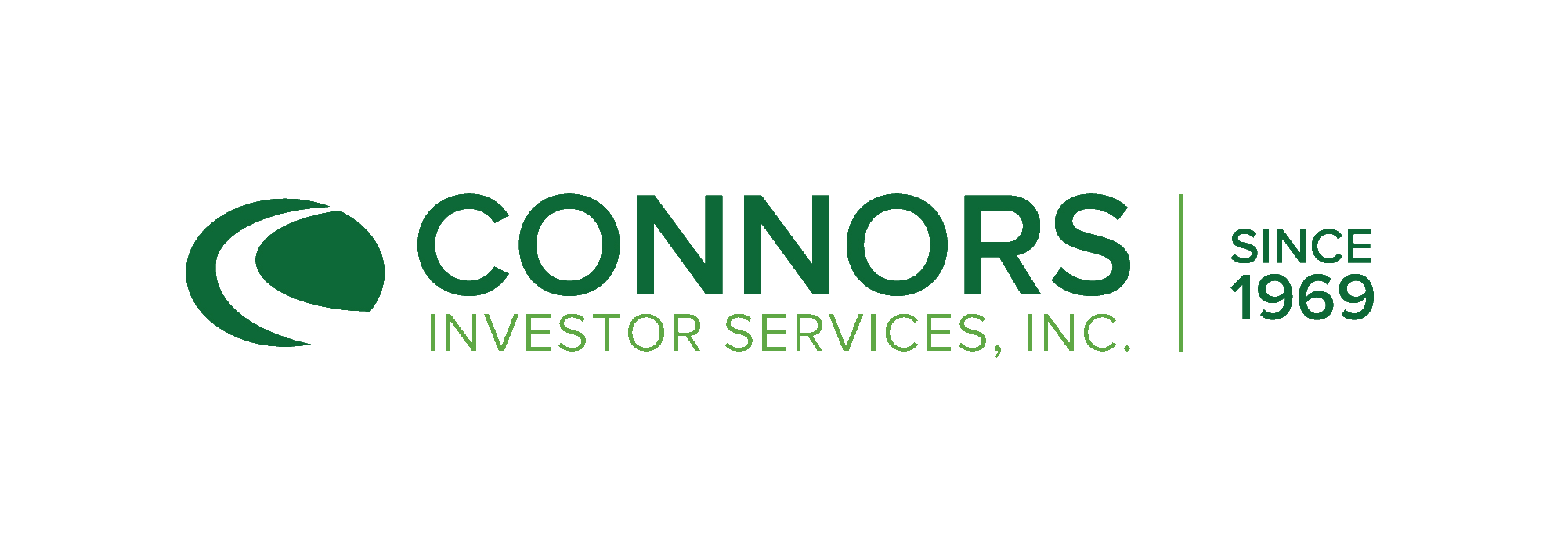2024 Q4 Small Companies Commentary
by Brian G. McCoy, CFA, on January 15, 2025
Performance Attribution
The typical Santa Claus rally of positive returns in the final days of December and the first two of January did not emerge this year, but the final quarter of the year still finished in positive territory. Equity investors were rewarded well again in 2024 as our major equity indices delivered solid gains for the year. Notably, the S&P 500® Index capped off two years of over 20% gains in 2024 with a return of 25%, the first time since 1998. In similarity to that period in the late 1990’s when investor enthusiasm was high over the emerging prospects of the internet, today, the prevailing hype over Artificial Intelligence (AI) is a major driving force. Though there was some emergence of broadening participation, the dominance of the Magnificent Seven continued as reflected in the equal-weighted S&P 500® return of ‘only’ 11.1% for the full year.
During the fourth quarter, economic data continued to define a soft landing. Third quarter Gross Domestic Product (GDP) came in at 3.1%; this measure of the full year is estimated at approximately 2.7%. Though its rate has moderated, employment continued to grow, and corporate layoffs have remained moderate, suggesting a continuing normalization. That has supported continued consumer spending, with some post-Christmas headlines suggesting a possible upside to expectations.
As inflation continued to moderate, with the Consumer Price Index (CPI) coming in at 2.7% in November, the Federal Reserve continued its easing of interest rates at their December meeting bringing their total easing to a full 1%. However, as noted in the press release and Chairman Powell’s briefing, the Fed is anticipating lowering by only 0.75% by the end of ’25 while markets were expecting a full 1%. This reset of expectations led to higher rates for the 10-year treasury as they increased by approximately 0.4% to 4.57%, driving valuations of more interest rate-sensitive stocks lower.
The result, returns for the quarter of the S&P 500®, was 2.41% while our benchmark the Russell 2000®, being more correlated to the direction of interest rates, returned 0.34% for the quarter, weighed down by an 8.26% decline in December. Against this backdrop, our portfolio returned a slightly better return than the index.
With this final period, our Small Companies portfolio outperformed the Russell 2000® for the full year of 2024.
For the fourth quarter, our top three contributors to performance within the portfolio were as follows:
Credo Technology Group (CRDO), a provider of high-speed connectivity solutions for optical and electrical Ethernet applications, led performance for the quarter (and full year) on rising adoption of their solutions among the leading hyperscalers for data center applications. On the most recent earnings call, management provided guidance above projections and inferred confidence in continued momentum. Customer concentration may cause volatility in Credo’s quarterly results, but we remain confident in the company’s growth prospects as industry trends are providing a strong tailwind and their close relationship with customers through the design process of solutions.
Trubridge (TBRG), a provider of electronic health records (EHR) and revenue cycle management software for small hospitals, was also a strong performer in the quarter. Though this holding has required patience, the management team is reinvigorating growth in a challenging market while taking steps to increase operating efficiency,0 which is driving a strong rebound in forward profitability. We anticipate continued positive trends for at least the next several quarters.
Semtech (SMTC), a designer and manufacturer of analog and mixed-signal semiconductor products for various applications, rounded out the best-performing holdings. SMTC had a very strong quarter (and full year) of performance as several of their end markets have stabilized and are now growing after digesting elevated inventory in 2023. Anticipated divestment of some solutions to pay down debt, growing solutions for cloud service providers, and end market growth bodes well for continued solid performance.
Holdings within the portfolio which were negative contributors of performance were as follows:
Ameresco (AMSC), a clean technology integrator offering energy efficiency and renewable energy solutions, lagged broader markets during the quarter. After having navigated a very large project that strained cash generation last year and took focus off getting projects more efficiently across the finish line, the company has regained its focus, and fundamentals are strongly improving in our opinion. We also feel the stock has been unfairly lumped in with other ‘renewable’ companies and anticipated hostility towards them from the new administration. However, their focus on Energy Savings Performance Contracts (ESPCs) and success during the first Trump administration should support continued growth.
Zeta Global (ZETA), a cloud platform software provider of consumer intelligence and marketing automation, declined significantly but undeservedly in the quarter based on a negative ‘short’ report. That report had some prominent inaccuracies, and after evaluation, and talking with management and other analysts, we believe the growth prospects and fundamentals of the company remain intact. As we highlighted in our last commentary, when ZETA was a leading performer, growth should be driven by the company’s market-leading capabilities led by proprietary consumer intelligence with real-time, actionable automated marketing insights that are delivering solid returns on investment for their customers.
AMN Healthcare Services (AMN), a healthcare staffing services company, rounded out our bottom performers for the quarter. We noted last quarter that normalizing rates and spending priorities have been challenging and that this continued in the third quarter results and forward guidance. We had been managing the position as underweighted, given more positive long-term secular trends, lower valuation, and a positive view of management. However, with company guidance suggesting a further push out of a return to growth, we exited this holding.
Activity During the Quarter
In the final months of the year, our turnover was more elevated. We exited Sprouts Farmers Market (SFM) with significant gains. In addition to selling AMN, we also removed our holdings of Sonos (SONO), Easterly Government Properties (DEA) and Cryoport (CYRX). Other actions on the sell side included locking in gains from our better performers such as Zeta Global (ZETA), Omnicell (OMCL), and Credo Technologies (CRDO) and trimming our positions in Healthcare Services Group (HCSG) and Shyft Group (SHYF).
On the buy side, we added to several existing holdings, including Gentherm (THRM), Clean Energy Fuels (CLNE), Varonis (VRNS), Shutterstock (SSTK), NV5 Global (NVEE), Zeta Global (ZETA) and LoveSac (LOVE). Further, we initiated positions in Harmony Biosciences (HRMY), Hillman Solutions (HLMN), and UMH Properties (UMH). HRMY is a profitable biotech company focused on neurologic disorders, HLMN provides hardware across several retailing verticals, and UMH is a real estate investment trusts (REIT) focused on manufactured home communities.
To begin the new year, we are overweight in Technology, Energy, and Healthcare while underweight Industrials, Financials, Consumer Discretionary, Materials, Consumer Staples, and Real Estate. The portfolio is in line with our benchmark in Utilities and Communication Services.
General Outlook, Current Positioning/Strategy
The consensus for 2025 is for moderate economic growth and expanding corporate profit margins as AI begins to be more broadly adopted and drive efficiencies. Further, a new administration with a less rigorous regulatory stance and lower tax rate posturing suggests further equity market gains.
The current Bloomberg consensus estimate for U.S. Real GDP growth is 2.1%, a moderation from the 2.5% to 2.9% range of the past several years, but still supportive of a growing corporate profit backdrop and healthy employment environment. Even more positive, the Atlanta Fed’s GDP Now Forecast which is intended to capture more current activity, suggests approximately 2.5% growth. Consumers should also continue to benefit from moderating inflation as CPI is estimated to be about 2.5%. One of the more persistently challenging aspects of inflation facing consumers is housing and rental costs. Though affordability continues to be very challenging, the Owners’ Equivalent Rent component of the CPI calculation is moderating, and according to data from Zillow, the median rental price of all bedrooms and property types in the U.S. relative to one year ago is flat.
A further positive indicator is a normalizing employment backdrop as initial unemployment claims have been in a downward trend over the past several months, unemployment is estimated by the FOMC to be stable at 4.3% for 2025, and the NFIB Small Business Hiring Plans index is in an upward trend, strongly improving post-election. Also supportive of economic growth are looser financial conditions, according to the Chicago Fed, and increasing liquidity as the Federal Reserve Money Supply M2 is in a positive trend with the most recent year-over-year change at 3.7%. Likely reflective of these factors, the University of Michigan Consumer Sentiment Index is in an improving trend and the NFIB Small Business Optimism Index is at the highest in over three years, having jumped after the results of the election.
With all these positive factors, we also consider what could be negative for markets this year. Most prominent are the unknowns around a Trump 2.0 presidency. On balance, new policies are believed to be bullish for investors, but it may take time for them to become fully understood. As markets dislike uncertainty, a heightened level of volatility may be experienced.
Prominent in the election rhetoric were the promised implementation of tariffs ranging from 60% on Chinese goods, 25% on items from Mexico and Canada, and 10%-20% charged to many of our allies. Regardless of whether these come to fruition or are just negotiating tactics, corporations need to adjust their strategic planning accordingly, from potential supply chain changes to how these would affect their costs and pricing. In fact, several public companies discussed price increases in their earnings calls prior to year-end while some of our conversations with management teams since the election also validate these concerns. Only time will tell whether the highest levels actually come to pass.
Additionally, regarding the new administration policies, are the implications and uncertain downstream effects from the Department of Government Efficiency (DOGE), potential deportations of immigrants and what changes may be made to the Inflation Reduction Act (The IRA). Each of these have potentially sizable impacts to certain industries, employment, and inflation. Though many promises have been made, investors will need to evaluate the ramification of policies, both proposed and enacted.
Interest rates are another factor which may impede market progress. Employment remains quite solid with average hourly earnings growing at 4% and inflation is still above the Fed’s stated goal of 2%. Further, pro-growth policies from the new administration and potential upward pressure on prices from tariffs may impede progress on inflation. Debate exists on whether the Fed will or even should follow through on these rate cuts. The implication of this dynamic is prominent on our radar.
Aside from this formal influence on the direction of rates are how bond investors will influence rates. The so-called Bond Vigilantes may deem that further expansion of the Federal Deficit from promised tax cuts and an overly stimulative Fed warrant higher rates. Loose financial conditions and growing money supply highlighted above partly support this concern. The yield on the 10-year treasury has in fact been increasing and further progress towards the 5% level would likely pressure market valuations.
Regarding valuations, these are also at elevated levels. The higher absolute level of the Price-to-Earnings ratio of the S&P 500® has been pointed to by ourselves and others. Also, the total market capitalization ratio of all publicly traded companies to GDP, popularly known as the Buffet Ratio, is close to an all-time high. The prior peak for this measure being at the end of 2021 and well above the prior peak of 2000. The concentration in the Magificent 7 skew these factors upwards and higher valuations may persist for long periods of time. Though not generally good for indicating an imminent downturn, these are reflective that many of the positive economic and market dynamics may be already priced in by investors, possibly inviting more heightened volatility.
So how are we looking to navigate our slice of the investment universe? Small companies are showing signs of life albeit in a volatile fashion as their strength relative to large caps has been weak yet range bound for the past seven months. We have discussed in prior commentary that positive factors continue to slowly shift towards the asset class. Some large institutional market strategists are what we might say ‘small cap curious’ as there is some improvement in sentiment but most are reluctant to pound the table. For us, we would be best categorized as continuing to ‘tap the table’.
As mentioned, from a technical perspective, relative strength has been rangebound but does seem to be basing. More importantly, fundamental improvements are emerging. The percentage of companies with upward revisions are trending better and not lagging as much compared to the S&P500®. Additionally, as margin improvement turns positive for the Russell 2000® after three years of lower to flat margins, the rate of earnings growth expectations begins to surpass large caps in 2025 and into 2026 from an index perspective.
At a macro level, policies of the Trump 2.0 administration should be positive for small caps with deregulation, lower proposed tax rates and domestic sales favored through policy and executive actions. The onshoring trend seen over the last several years is also likely to remain intact. The lower interest rate cycle which has begun is also favorable to small caps though the concerns mentioned above in this aspect are high on our watch list.
As we evaluate the portfolio holdings and new candidates we continue to initiate changes with an eye towards growth, a factor which continues to perform well across all market cap ranges. This is reflected in our overweight in technology while our team is looking to cautiously increase more cyclical areas. These exposures will continue to be balanced with defensive positioning such as healthcare. New candidates are likely to be on the larger size of our historic market cap range as size and trading activity factors continue to be favored by markets. Consistently, we continue to emphasize our long-term focus on quality. Entering the new year, we also anticipate being a bit more active as companies report their fourth quarter earnings.
So, as we look to 2025, the macro backdrop presently looks solid and policies from the new administration look to be pro-corporate and market friendly though likely with a turbulent implementation like the first Trump administration. We remain alert to the pending risks of higher rates, tariffs, and inflation but the environment continues to favor continued corporate earnings growth which, in the end, is the primary determinant of the direction of stock prices.
Thank you and we wish you a Happy New Year.
Important Disclosure Information
Please remember that past performance may not be indicative of future results. Different types of investments involve varying degrees of risk, and there can be no assurance that the future performance of any specific investment, investment strategy, or product (including the investments and/or investment strategies recommended or undertaken by Connors Investor Services, Inc. [“Connors]), or any non-investment related content, made reference to directly or indirectly in this commentary will be profitable, equal any corresponding indicated historical performance level(s), be suitable for your portfolio or individual situation, or prove successful. Due to various factors, including changing market conditions and/or applicable laws, the content may no longer be reflective of current opinions or positions. Moreover, you should not assume that any discussion or information contained in this commentary serves as the receipt of, or as a substitute for, personalized investment advice from Connors. Please remember, if you are a Connors client, to contact Connors, in writing, if there are any changes in your personal/financial situation or investment objectives for the purpose of reviewing/evaluating/revising our previous recommendations and/or services or if you would like to impose, add, or to modify any reasonable restrictions to our investment advisory services. Unless, and until you notify us, in writing, to the contrary, we shall continue to provide services as we do currently. Also, remember to advise us if you have not been receiving account statements (at least quarterly) from the account custodian. Connors is neither a law firm nor a certified public accounting firm, and no portion of the commentary content should be construed as legal or accounting advice. A copy of the Connors’ current written disclosure Brochure discussing our advisory services and fees continues to remain available upon request or at www.connorsinvestor.com. Historical performance results for investment indices, benchmarks, and/or categories have been provided for general informational/comparison purposes only and generally do not reflect the deduction of transaction and/or custodial charges, the deduction of an investment management fee, nor the impact of taxes, the incurrence of which would have the effect of decreasing historical performance results. It should not be assumed that your Connors account holdings correspond directly to any comparative indices or categories. Please Also Note: (1) performance results do not reflect the impact of taxes; (2) comparative benchmarks/indices may be more or less volatile than your Connors accounts; and (3) a description of each comparative benchmark/index is available upon request.






